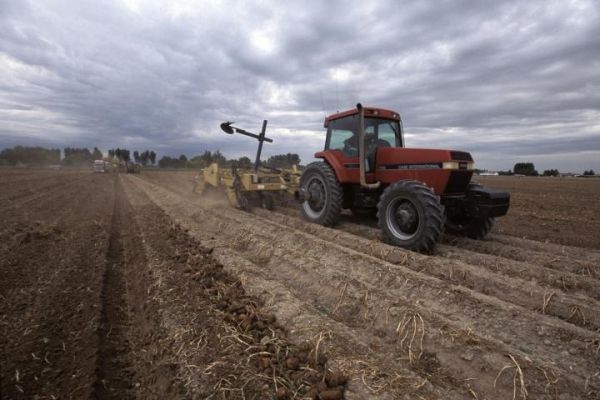The University of Maryland (UMD) collaborated with Cornell University and Stanford University to quantify the man-made effects of climate change on global agricultural productivity growth for the first time. In a new study published in Nature Climate Change, researchers developed a robust model of weather effects on productivity, looking at productivity in both the presence and absence of climate change. Results indicate a 21% reduction in global agricultural productivity since 1961, which according to researchers is equivalent to completely losing the last 7 years of productivity growth. This work suggests that global agriculture is becoming more and more vulnerable to ongoing climate change effects, with warmer regions like Africa, Latin America, and the Caribbean being hit the hardest.
“Our study suggests climate and weather-related factors have already had a large impact on agricultural productivity,” says Robert Chambers, professor in Agricultural and Resource Economics (AREC) at UMD and an esteemed agricultural productivity researcher. “We used the model in this paper to estimate what total factor productivity patterns would have looked like in the absence of climate change.”
Total factor productivity is a calculation that is used to measure the growth of an industry, in this case agriculture. However, agriculture is a unique industry because not all the inputs that determine productivity are in the farmer’s direct control, like the weather for example. Chambers and Ariel Ortiz-Bobea (lead author on this work from Cornell University and UMD AREC alum) have been pioneering new productivity calculations in agriculture to include weather data in a way that hasn’t historically been addressed, bringing new accuracy to these types of climate models.
Read more at University of Maryland
Image: Harvesting (Credit: Edwin Remsberg, University of Maryland)


